Private George Spencer Dodd was the son of James and Lily Dodd, of Wallsend, Northumberland.
He volunteered for airborne forces, along with his friend Arthur Gray, while serving with the Durham Light Infantry during World War II and qualified as a military parachutist on course 85 which ran at RAF Ringway in October 1943. The course instructors' notes recorded that he was an "outstanding performer, fine stick jumper." Gray also qualified on the same course.
After qualifying, both men were posted to B Company, 7th (Light Infantry) Battalion, and fought in the campaigns to liberate North West Europe from German occupation including the final mass allied parachute and glider assault of World War II, Operation Varsity, on 24 March 1945. By this time Pte Dodd was serving in No 3 Section of 4 Platoon.
During the subsequent advance the battalion reached Petershagen, in between Osnabrück and Hanover, by 7 April. They continued to proceed east by motor transport and encountered enemy forces defending Wunstorf airfield at around 14:30 hours, although earlier reconnaissance reports had indicated that it had been abandoned, resulting in the ambush of the leading elements of B Coy.
In the ensuing battle, in which the 13th Battalion was also engaged, the 7th Battalion lost 6 killed, and 21 wounded, most from the initial ambush of the four leading trucks of B Coy.The airfield was captured with 19 ME 109s, 4 FW 109s, 2 JU 88s, 2 JU 52s and much other valuable equipment.
The battalion proceeded on to its main task, to secure Neustadt and the river crossing. Both A and C Coys entered the town without opposition and Bn HQ was soon established in a suitable house. Meanwhile, the men of B Coy had been working up the river to the bridge but were forced to deviate within 400 yds of their objective, which took them onto the main east-west road through Neustadt and left them with both the loop canal bridge and main bridge to cross.
B Coy encountered a civilian soon after coming on to the road and Major Reid, the officer commanding B Coy, questioned him about the bridge and garrison. The civilian said the bridge was prepared for demolition and stressed the need for speed if it was to be captured intact. This confirmed Major Reid's original plan, which was to rush the bridge and trust to getting across in time to prevent it going up.
He ordered his men to charge and the two advance platoons under Lt Gush (5 Pl) and Sgt McIvor (4 Pl), and led by the Coy 2IC Capt Woodman, had crossed both bridges when the first arch of the main bridge was blown behind them at approximately 0015 hrs 8 April. Heavy and severe casualties were suffered by the troops on both sides of the explosion but the small party that got across completely routed the garrison and held their small bridgehead all night. In the morning, men from A Coy traversed the river in boats to relieve the men who had made it across the bridge.
The battalion war diary records the day's casualties as 27 killed, 33 wounded and 6 missing presumed killed; mostly from B Coy. Some of those injured later died of their wounds.
B Coy HQ, No 5 Platoon and No 4 Platoon bore the brunt of the casualties at the bridge, including Pte Dodd who was killed as a result of the bridge detonation. His friend Arthur Gray, who had also joined airborne forces from the DLI and qualified on the same parachute course with Dodd, was killed in the explosion as well.
Pte Dodd died on the night of 7/8 April 1945, and was given a field burial next to the bridge along with the other members of B Coy who were killed. He is now buried at Becklingen War Cemetery overlooking Luneberg Heath, Germany.
Headstone photgraph taken by Bob Hilton August 2011.
Compiled by Harvey Grenville and Bob Hilton
Read More
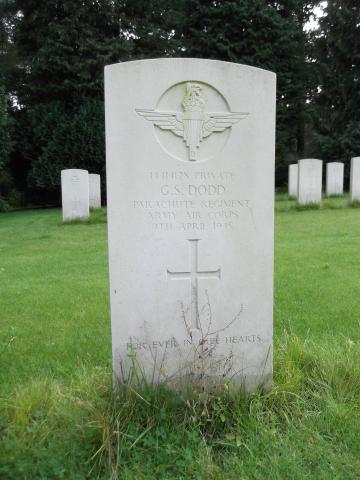
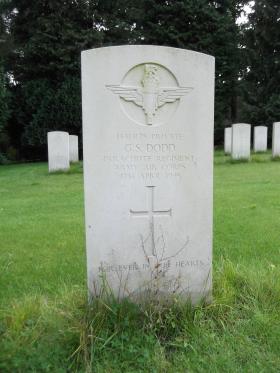
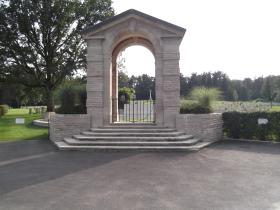
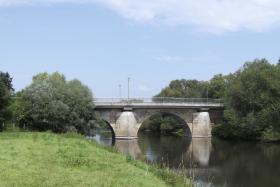
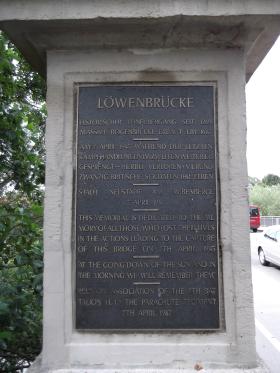
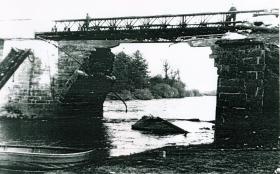
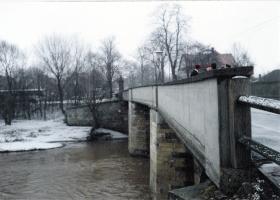
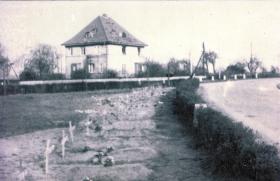
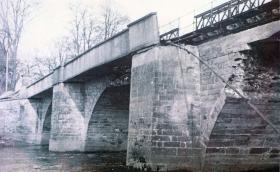

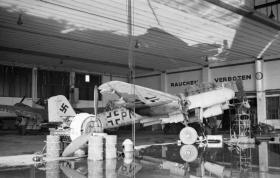
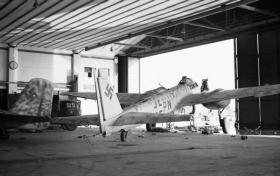
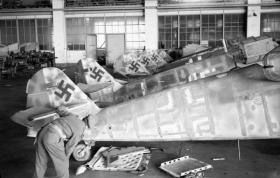
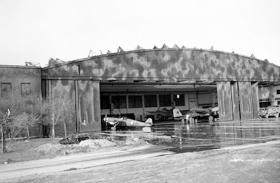
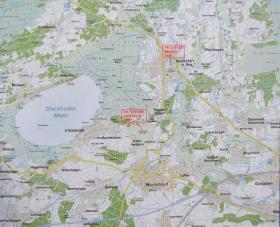
Latest Comments
There are currently no comments for this content.
Add Comment
In order to add comments you must be registered with ParaData.
If you are currently a ParaData member please login.
If you are not currently a ParaData member but wish to get involved please register.